Most cultivated
Heuchera species do not tolerate full sun and dry conditions. Richardson’s alumroot (
Heuchera richardsonii), a Central U.S. native
, thrives in full sun and dry sites. This perennial has subtle creamy yellow flowers that open in long panicles in mid-May in the upper Midwest and attractive bright green, mounding foliage. It’s an ideal plant to use in rock gardens, massed in the front of a perennial garden or in a formal or informal prairie planting.
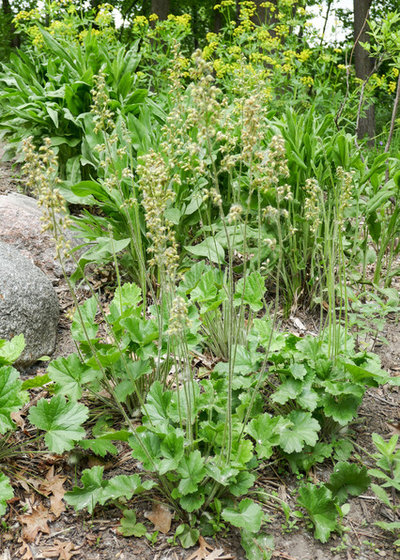
Holm Design & Consulting LLC
Botanical name: Heuchera richardsoniiCommon names: Richardson’s alumroot, prairie alumroot
Origin: Native to central and northwest North America, from British Columbia southward to Oklahoma and eastward to Ontario in the north and Indiana in the south
Where it will grow: Hardy to minus 40 degrees Fahrenheit, or minus 40 degrees Celsius (USDA zones 3a to 6b; find your zone)
Typical plant communities: Prairies, woodland edges and similar locations with dry, well-drained soil
Water requirement: Needs no additional watering once established
Light requirement: Full sun to partial shade
Mature size: 1 foot to 2 feet tall and 1 foot wide
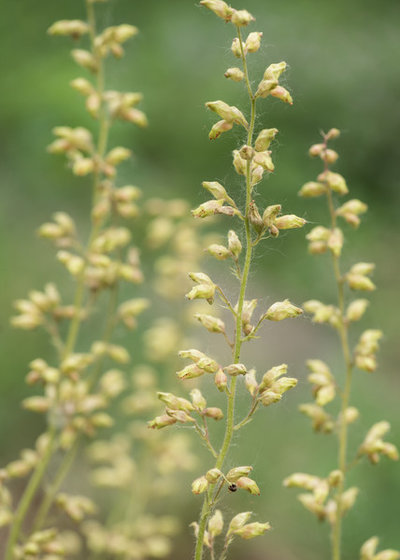
Holm Design & Consulting LLC
Benefits and tolerances: Tolerates dry conditions
Seasonal interest: Blooms in late May in the upper Midwest; earlier southward
When to plant: Spring or fall; potted plants or seeds are available from most native-plant nurseries in areas where it occurs
Distinguishing traits. Look for this plant’s creamy yellow flowers arranged on panicles, held upright on long flower stalks. Bright green, mounding basal foliage fills out below.
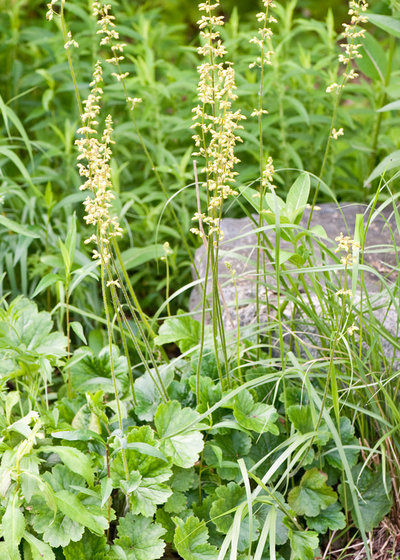
Holm Design & Consulting LLC
How to use it. Richardson’s alumroot can be used in rock gardens, formal or informal prairie plantings, or along the edge of a sunny perennial garden. Its subtle features are best accentuated when many plants are massed in a cluster.
Combine it with native perennials that also thrive in well-drained soil and full sun, including bluebell bellflower (
Campanula rotundifolia), prairie phlox (
Phlox pilosa) and wild lupine (
Lupinus perennis).
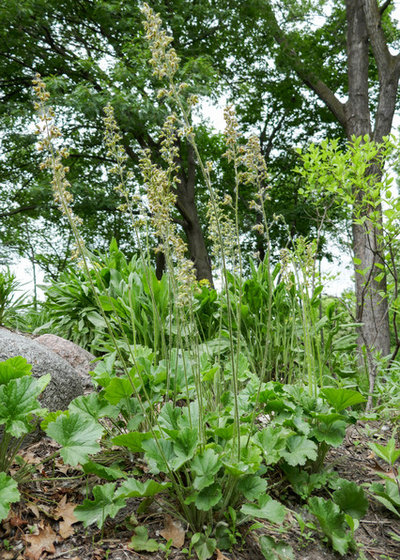
Holm Design & Consulting LLC
Planting notes. Richardson’s alumroot has shallow, somewhat woody roots that should be adequately covered with plant debris or mulch to prevent frost heaving. Potted plants are available from most native-plant nurseries where this plant occurs. In my experience, deer do not browse the foliage, but rabbits will occasionally eat the flower stalks.
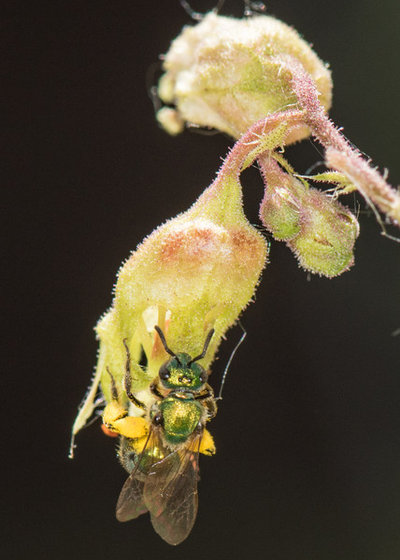
Holm Design & Consulting LLC
Pollinator notes. The tiny, creamy yellow flowers attract small bees, including small sweat bees (
Lasioglossum spp.), as well as metallic green bees (
Augochlora pura and
Augochlorella spp.)





